What Is Plumbing Joint?
Important Point
Pipes are connected with the help of various pipe joint types. A variety of joints are used in an assembly of pipes.
Connecting two or more pipes together is called a fitting. Various types of joints could be used in a pipe as per the requirement.
Joints, or joint pipe connections, are also used for multiple pipe connections and are an important component of the plumbing system.
Generally, the pipe joint fitted can easily sustain the pressure created in the pipe.
Also, Read: What are Traps | What Does Trap do | 12 Types of Traps In Plumbing
Types of Pipe Joint.
- Threaded Joint.
- Brazed Joint.
- Spigot and Socket joint.
- Socket Welded Joint.
- Soldered Joint.
- Welded Joint (Butt Welded, Socket Welded)
- Flanged Joint.
- Compression Joint.
- Grooved Joint.
- Push-Fit Joint.
- Hep2o Joint.
1. Threaded Joint
Threaded joint means, pipes are connected by screwing with the help of threads provided for each pipe.
One pipe having internal threads and the other one having threads externally. Cast iron pipes, copper pipes, PVC and G.I pipes are available with threads.
Thread joints are available from 6 mm diameter to 300mm diameter pipes.They are preferable for low temperature, the joints may expand and leaked due to thermal expansion.
Installation of threaded joint id easy but good maintenance required.
Also, Read: What Is Zero Force Member for Truss | How to Identification of Zero Force Members in Truss
2. Brazed Joint
Brazed joints are generally used to achieve higher joint strength or fatigue resistance.
To accomplish this, filler metals stronger than those composed primarily of tin must be used.
However, this increased strength generally comes from filler metals made of materials that melt at higher temperatures.
3. Spigot and Socket joint
What is a spigot? A spigot joint is a type of pipe fitting connection that is inserted into another pipe fitting.
The spigot end typically has the same outer diameter as the pipe and is usually fitted into another joint called a bell or socket.
Together, these two elements form what is commonly known as a bell and spigot joint.
Spigot and Socket Joint: Sometimes this is called bell and spigot joint. This type of joint is mostly used for cast iron pipes.
For the construction of this joint, the spigot or normal end of one pipe is slipped in socket or bell end of the other pipe until contact is made at the base of the bell.
Also, Read: What Is Falsework | Types of Falsework |Causes of Falsework Failures
4. Socket Welded Joint
It is one of the most common methods of joining pipes used in large infrastructure like a commercial, institutional and industrial systems.
The cost of material is low, but the labour costs are more due to the non-availability of trained welders and fitters.
5. Soldered Joint
Soldered joints are material-closed joints (bonds) of two solderable metals. There are different forms of soldered joints. Wire-to-wire joints as parallel, cross or hook joints as well as soldered joints with twisted wires.
Parallel and cross joints are mechanically connected by the solder only and, therefore, can be more easily detached.
The joint is heated above the melting-point temperature of the solder by means of the soldering iron and bonded with soldering tin added.
Then the soldered joint must cool down with no displacement of the wires.
6. Welded Joint (Butt Welded, Socket Welded)
Groove welded joints, also called butt welds, are weldments that are commonly used when joining similar pipes together.
They can also be used to join pipes to valves, fittings, and flanges for a secure attachment.
For piping of certain thickness, the pipe may be cut at a sloping right angle before being welded.
Also, Read: What Is Cross Drainage Work | Types of Cross Drainage Works | Syphon Aqueduct
7. Flanged Joint
A flange is a method of connecting pipes, valves, pumps and other equipment to form a piping system.
It also provides easy access for cleaning, inspection, or modification.
Flanges are usually welded or screwed. Flanged joints are made by bolting together two flanges with a gasket between them to provide a seal.
8. Compression Joint
A compression fitting is a fitting used in plumbing and electrical conduit systems to join two tubes or thin-walled pipes together.
In instances where two pipes made of dissimilar materials are to be joined, the fittings will be made of one or more compatible materials appropriate for the connection.
9. Grooved Joint
When two pipes are joined together by making grooves (narrow cuts or depression) at the end of pipes with the help of sockets or couplings, such joints are called grooved joints.
Due to the ease of assembly of the grooved joints, the labour cost is less.
The piping system can be easily uninstalled and reinstalled frequently for maintenance. These are mostly used for fire protection.
10. Push-Fit Joint
This type of joint features a toothed ring to grip the pipe and a rubber O-ring to create the seal.
The end of the copper (or plastic) pipe is pushed into the joint until it hits the internal stop in the middle.
The joint can be pulled apart by pushing the ring against the joint and slowly pulling to pipe out.
Push-fit joints are very quick, easy and reliable to use, but cannot be used for all applications (such as connecting directly to a boiler).
11. Hep2o Join
Hep2o joints are similar to compression joints but designed specifically for use with polybutylene pipes (although they can be used on copper pipes).
The pipe is pushed into the end of the joint and the cap nut is tightened, compressing the internal grab ring. Hep2o joints can be reused, but you need a special tool to release and remove the grab ring.
Supplied with a pipe insert to protect the walls of polyethene pipes. Expensive and more bulky than other types of joint.
Useful Article For You
- Types of Grillage Foundation
- Types of Doors
- Types of Hinges
- Types of Columns
- Types of Cranes
- Types of Shovels
- Paint Types
- Roof Material Types
- Types of Buildings
- Roof Tiles Types
- Types of Construction Vehicles
- Types of Concrete
- Types of Tables
- Roof Vent Types
- Types of Sand
- Types of Walls
- Types of Washers
- Types of Kitchen Sinks
- Types of Scaffolding
- Meaning Types of Road Markings
- Types of Plumbing Pipes
- Types of Retaining Walls
- Types of Pavers
- Types of Driveways
- Types of Paint Brushes
- Types of Floors
- Types of Curves
- Closet Door Types
- Types of House Foundations
- Concrete Finish Types
- Water Valve Types
- Paint Types for Walls
- Different Types of Couches
- Types of Stucco
- Types of Curtains for Windows
- Types of Beams
- Types of Stairs
- Types of Hard Hats
- Types of Grout
- Types of Porches
- Types of Bay Windows
- Types of Traps
- Types of Concrete Blocks
- Types of Vaulted Ceilings
- Types of Corrosion
- Types of Plumbing Fittings
- Types of Sewer Pipe
- Is Lumber Wood
Different Types of Pipe Joints and Where Are Use?
| Sr.No. | Types of Pipe Joints | Where Are Use |
| 1 | Threaded Joint. | Cast iron pipes, copper pipes, PVC and G.I pipes are available with threads |
| 2 | Brazed Joint. | Generally used to achieve higher joint strength, Brazing is a joining process traditionally applied to metals (but also to ceramics) |
| 3 | Spigot and Socket joint. | Cast iron commonly used for potable water transmission and distribution |
| 4 | Socket Welded Joint. | small pipe diameters (Small Bore Piping); generally for piping whose nominal diameter is NPS 2 or smaller |
| 5 | Soldered Joint. | Used to joint copper and copper alloy pipes |
| 6 | Welded Joint (Butt Welded, Socket Welded) | Used to join pipes to valves, fittings and flanges for a secure attachment. |
| 7 | Flanged Joint. | Flanged joint design means that pipes are secured by external screws, providing additional joint support for the transportation of substances at high pressure. |
| 8 | Compression Joint. | used in plumbing and electrical conduit systems to join two tubes or thin-walled pipes together. |
| 9 | Grooved Joint. | Grooved pipe couplings can employ one of two basic styles: flexible or rigid |
| 10 | Push-Fit Joint. | They are fully waterproof thanks to the neoprene O-rings inside them. Push-fits are the quickest, easiest way to fit a joint – particularly for the DIYer who may not have a lot of plumbing experience. |
| 11 | Hep2o Joint. | Use in domestic water distribution and central heating systems including pressurised systems and combination boilers in accordance |
Type of Plumber Joint
- Pipes are connected as putting one into other as shown below and welded around the joint. Pipes having different diameters are suitable for this type of joint.
- If pipes having a similar diameter, then required fittings are used. Welding cost is generally lower than butt welding.
Type of Pipe Joint
- Threaded joint.
- Brazed joint.
- Soldered joint.
- Welded joint (butt welded, socket welded)
- Flanged joint.
- Compression joint.
- Grooved joint.
Soldering Plumbing Joints
Soldering is a technique used to join together two separate metals using another metal (or metal alloy) with a low melting point. Electrical solders have a lower melting point (around 360˚F), while solders used in plumbing have higher melting points, usually well over 400˚F.
Is Soldering Copper Pipe Hard?
Soldering copper water supply lines is not a difficult skill. Even a rookie can learn to solder leak-proof joints in 30 minutes. The process is simple—if you follow a few basic guidelines.
How Strong Is Soldered Copper Pipe?
Many engineers and field plumbers don’t realize that when you braze copper rather than solder copper joints, you reduce the pressure rating to that of annealed tube. A soldered four-inch Type L joint has a pressure rating of 440 psi.
Is It Ok to Solder Copper Pipe?
Soldering vertical copper pipe shouldn’t be too different from working horizontally. If the joint and tip are hot enough, the solder should flow right in. Heat the middle of the fitting and apply the solder as soon as it starts to melt. Remove the heat once the solder starts moving.
How Are Cast Iron Pipe Joints?
There are generally three methods used for joining cast iron soil pipe. Hub and spigot cast iron soil pipe may be joined by the compression gasket or a caulked joint. Hubless cast iron soil pipe are joined by using a hubless coupling. … The gasket must be inserted into the hub completely.
Soldered Copper Pipe
Soldering vertical copper pipe shouldn’t be too different from working horizontally. If the joint and tip are hot enough, the solder should flow right in. Heat the middle of the fitting and apply the solder as soon as it starts to melt. Remove the heat once the solder starts moving. If the solder drips out, it’s done.
Are Pipe Fittings Cast Iron?
Cast iron fittings basically include threaded pipe connectors used to connect threaded pipes in industrial pipe systems for cold and hot water, non-aggressive fluids, gas, steam, fire fighting and other applications. They are made of white malleable cast iron and compliant with EN 10242 and ISO 49.
Pipe Fitting Types
- Elbows: Used to change the angle or direction of the pipe run. Most commonly in 90 degrees and 45 degree turns. The sweep of the fitting describes how fast a transition or change in direction is made.
- Street Elbows: One end of the pipe fitting has male threads and the other end has female threads. These are common in galvanized steel and copper pipe. They are convenient because they do away with the need for a nipple and work well in tight quarters.
- Tee Fittings: Shaped like the letter T. Allows for branch lines.
- Couplings: Used to join two straight pieces of pipe of the same diameter.
- Reducers: Used to join pipes of different diameters. Makes a gradual change in diameter.
- Bushings: Used to make the diameter of a pipe fitting smaller. They are different from reducers because they make an abrupt change in diameter and take little space.
- Unions: Used to join pieces of pipe where pipes cannot be turned or when a piece of equipment may have to be removed for maintenance or replacement.
- Adaptor Fittings: Used to change the end of a non-threaded pipe to male or female threads as needed. Most commonly used in copper and plastic plumbing jobs.
- Caps: Used to close the end of a dead-end pipe.
- Plugs: Used to close an ending on a pipe fitting normally used for inspection or cleanout.
- Nipples: Short lengths of pipe threaded at both ends.
Copper Pipe Fitting Types
The three most common types of copper pipe used in residential and commercial construction are Type K, Type L, and Type M. A fourth type, used for drain-waste-vent, or DWV, piping, can be found in some older homes.
Like this post? Share it with your friends!
Suggested Read –
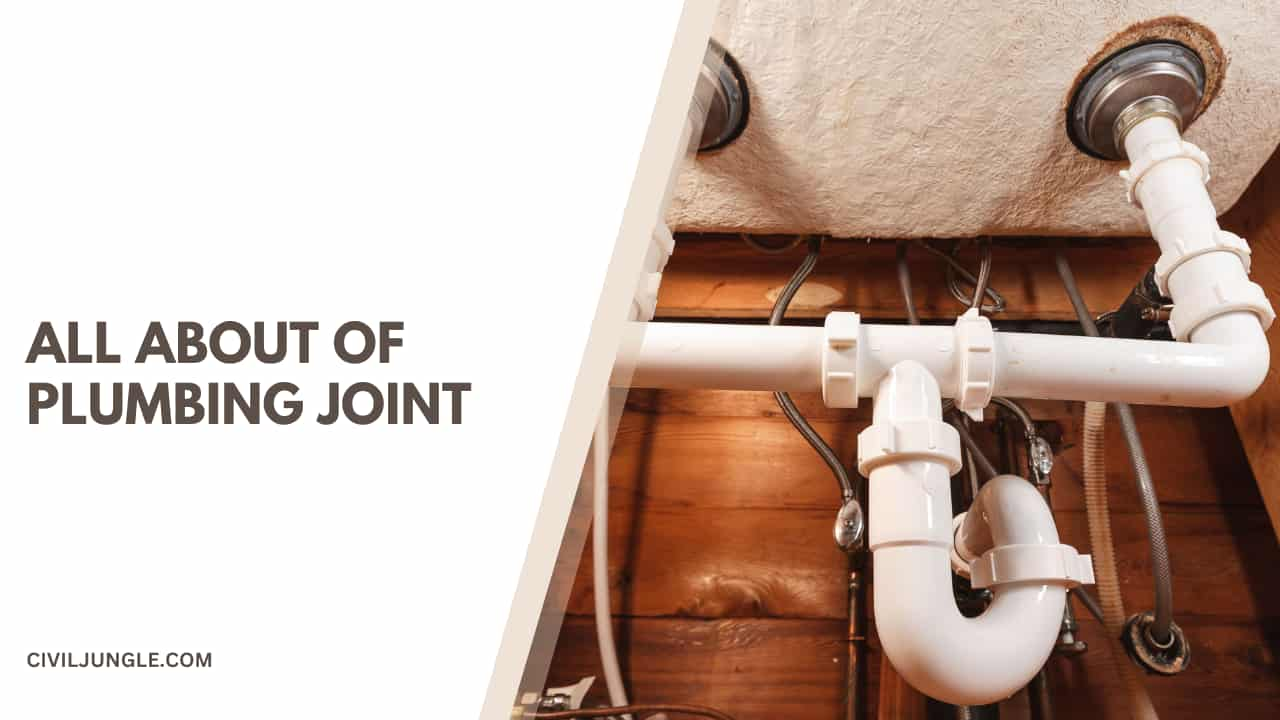
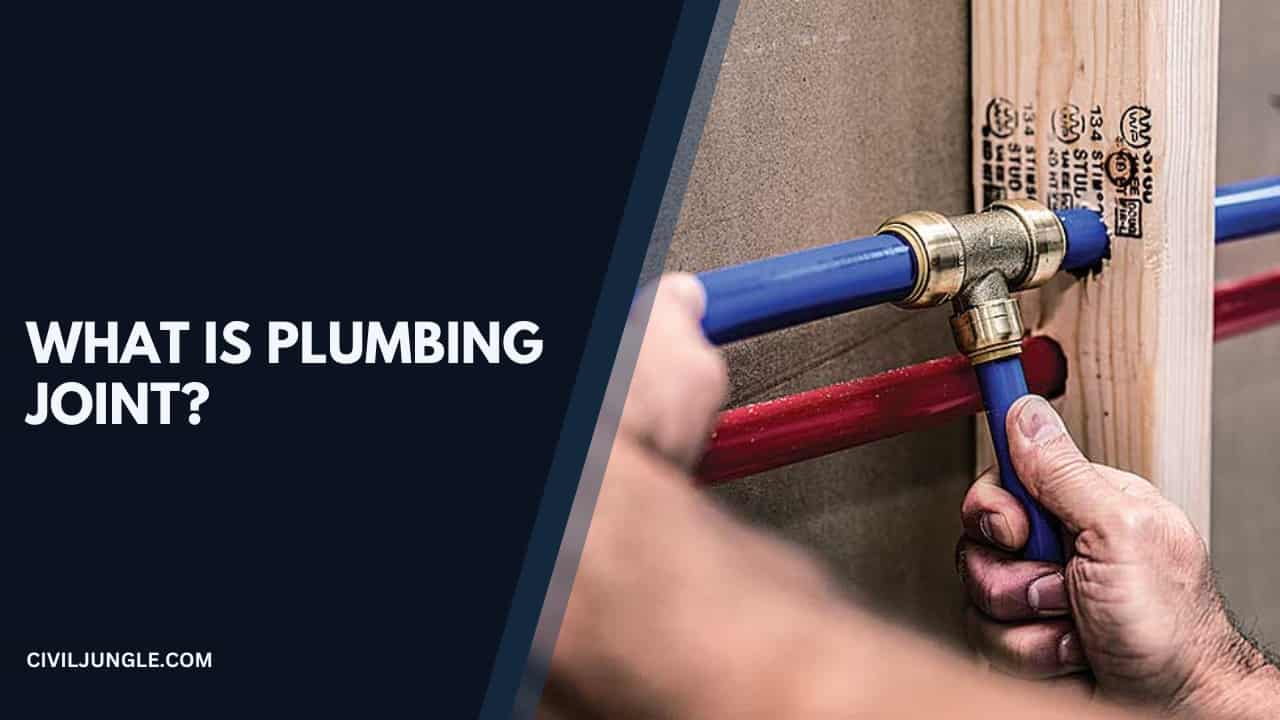
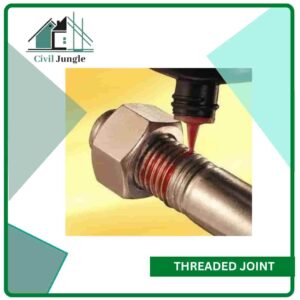
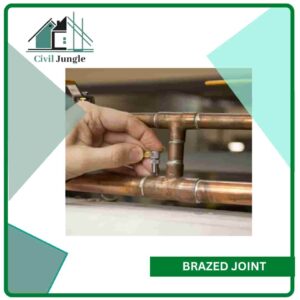
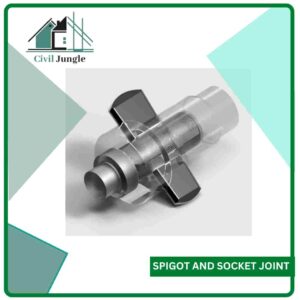
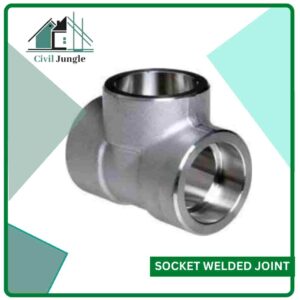
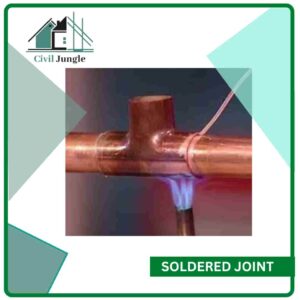
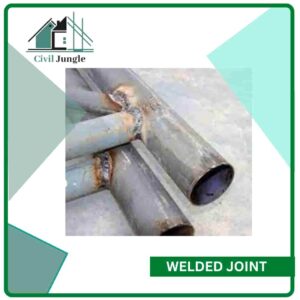
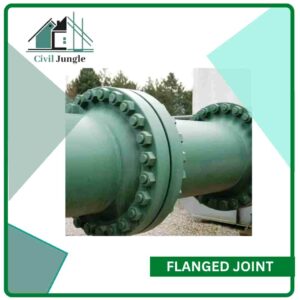
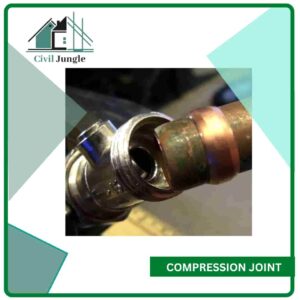
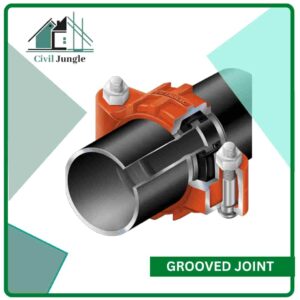
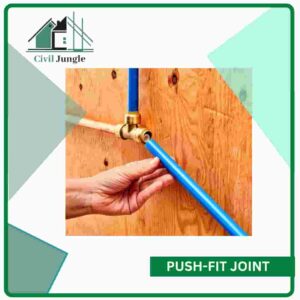
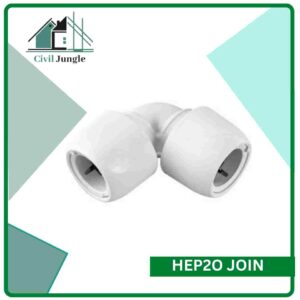

Great tips! Your tips can make the plumbing work very much easier. Thanks for sharing these tips!